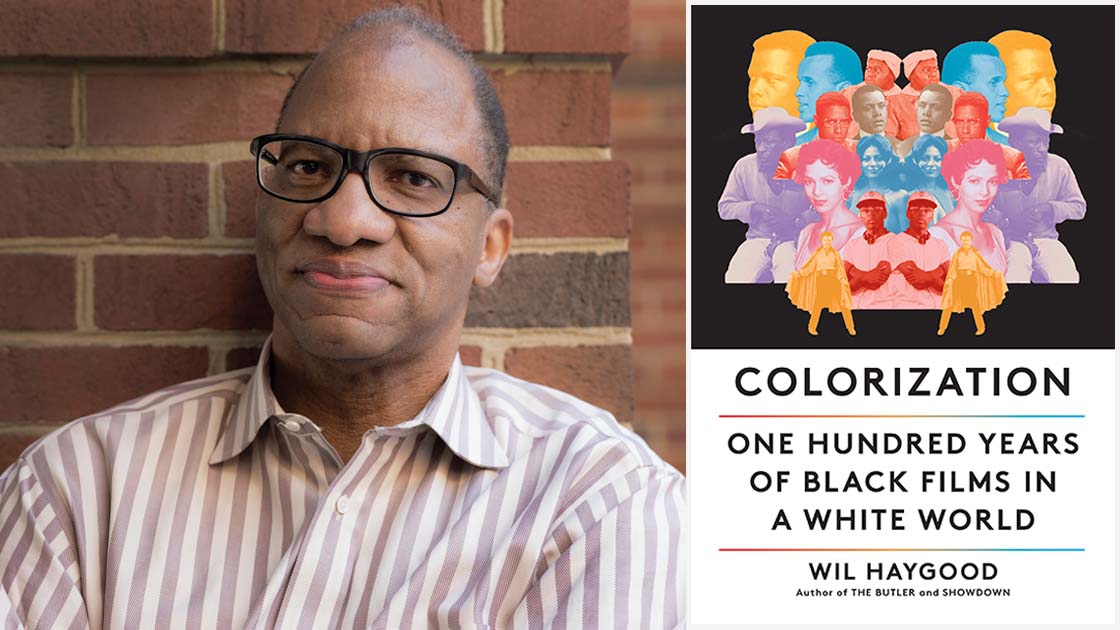Intersection Subject Line
Taking a design approach to global health
.
| DELIVERING ON DIVERSITY, GENDER EQUALITY, AND INCLUSION
|
|
| In this issue, we reflect on a question posed by the late Dr. Paul Farmer. Plus: a look back at issues of Intersection that focus on Black history. |
|
|
| This week saw the passing of Dr. Paul Farmer, a champion of global health equity and a cofounder of the nonprofit organization Partners In Health. Dr. Farmer called for greater attention to be paid to people’s lived experiences, and he advocated for human-centered design to be incorporated into global health. Nearly a decade ago, he told Wired that “we have to design a health delivery system by actually talking to people and asking, ‘What would make this service better for you?’” Dr. Farmer recalled seeing people in Haiti who had been sleeping outside of a hospital for days, waiting to get in. “No one was asking them, ‘What are you eating while you’re waiting? What is your family eating while you’re gone?’” Dr. Farmer’s work has opened up new ways of thinking about design, its possibilities, and the moral commitments it might entail. |
| This McKinsey article explores how global health leaders can strengthen public-health projects, programs, and organizations—and better serve people and communities around the world—by taking a design approach. Harnessing design means focusing on better understanding individuals’ needs and motivations, translating these insights into tangible ideas, and iteratively testing and refining prototypes before rolling out a solution. By engaging a broad set of stakeholders and end users throughout the entire process, those taking a design approach seek to ensure that the solutions that are implemented reflect people’s lived experiences. (Here’s more on the use of design in global health.) |
| Dr. Farmer also saw the value of a different sort of design—including the design of buildings and landscapes. In a 2020 discussion with the nonprofit MASS Design Group, he described “attending to the beauty” of such design as “a mark of respect” and a matter of human dignity. After all, he pointed out, any hospital in a city such as Boston would be expected to have a garden. Why, then, shouldn’t a district hospital in Rwanda have one too? |
| “Some people would say to me, ‘What garden?’ Really? You’d go to a hospital in Boston and expect it not to have any quiet, lovely place—whether it’s on the inside or the outside? Wouldn’t you expect that?” |
| Butaro Hospital was built in 2011—and it was built with gardens. |
|
| Here’s a look back at issues of Intersection that focus on Black history.
|
| — Edited by Julia Arnous, an editor in McKinsey’s Boston office |
|
Did you enjoy this newsletter? Forward it to colleagues and friends so they can subscribe too.
Was this issue forwarded to you? Sign up for it and sample our 40+ other free email subscriptions here.
|
|
|
This email contains information about McKinsey’s research, insights, services, or events. By opening our emails or clicking on links, you agree to our use of cookies and web tracking technology. For more information on how we use and protect your information, please review our privacy policy.
|
|
You received this email because you subscribed to the Intersection newsletter.
|
|
Copyright © 2022 | McKinsey & Company, 3 World Trade Center, 175 Greenwich Street, New York, NY 10007
|
|
|
|
| |





